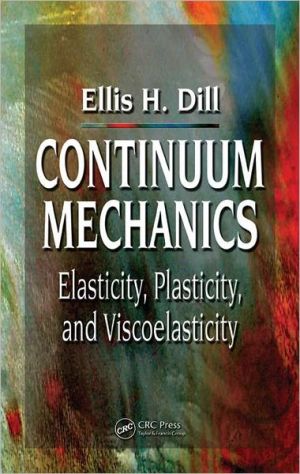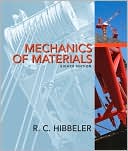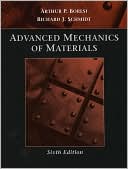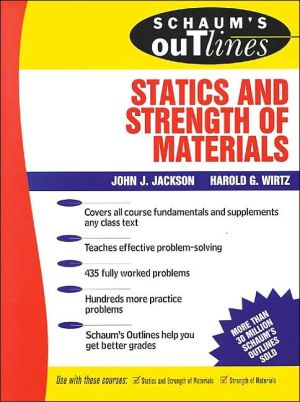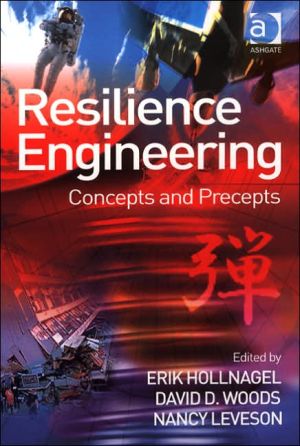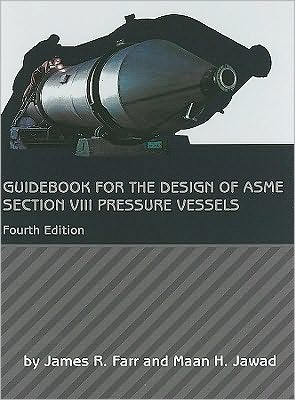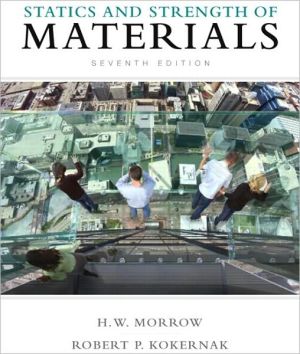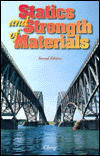Continuum Mechanics: Elasticity, Plasticity, Visoelasticity
Most books on continuum mechanics focus on elasticity and fluid mechanics. But whether student or practicing professional, modern engineers need a more thorough treatment to understand the behavior of the complex materials and systems in use today. Continuum Mechanics: Elasticity, Plasticity, Viscoelasticity offers a complete tour of the subject that includes not only elasticity and fluid mechanics but also covers plasticity, viscoelasticity, and the continuum model for fatigue and fracture...
Search in google:
Most books on continuum mechanics focus on elasticity and fluid mechanics. But whether student or practicing professional, modern engineers need a more thorough treatment to understand the behavior of the complex materials and systems in use today. Continuum Mechanics: Elasticity, Plasticity, Viscoelasticity offers a complete tour of the subject that includes not only elasticity and fluid mechanics but also covers plasticity, viscoelasticity, and the continuum model for fatigue and fracture mechanics.In addition to a broader scope, this book also supplies a review of the necessary mathematical tools and results for a self-contained treatment. The author provides finite element formulations of the equations encountered throughout the chapters and uses an approach with just the right amount of mathematical rigor without being too theoretical for practical use. Working systematically from the continuum model for the thermomechanics of materials, coverage moves through linear and nonlinear elasticity using both tensor and matrix notation, plasticity, viscoelasticity, and concludes by introducing the fundamentals of fracture mechanics and fatigue of metals. Requisite mathematical tools appear in the final chapter for easy reference.Continuum Mechanics: Elasticity, Plasticity, Viscoelasticity builds a strong understanding of the principles, equations, and finite element formulations needed to solve real engineering problems.
FUNDAMENTALS OF CONTINUUM MECHANICS Material Models Classical Space-Time Material Bodies Strain Rate of Strain Curvilinear Coordinate Systems Conservation of Mass Balance of Momentum Balance of Energy Constitutive Equations Thermodynamic Dissipation Objectivity: Invariance for Rigid Motions Coleman-Mizel Model Fluid Mechanics Problems for Chapter 1Bibliography NONLINEAR ELASTICITY Thermoelasticity Material Symmetries Isotropic Materials Incompressible Materials Conjugate Measures of Stress and Strain Some Symmetry Groups Rate Formulations for Elastic Materials Energy Principles Geometry of Small Deformations Linear Elasticity Special Constitutive Models for Isotropic Materials Mechanical Restrictions on the Constitutive Relations Problems for Chapter 2Bibliography LINEAR ELASTICITY Basic Equations Plane Strain Plane Stress Properties of Solutions Potential Energy Special Matrix Notation The Finite Element Method of Solution General Equations for an Assembly of Elements Finite Element Analysis for Large Deformations Problems for Chapter 3Bibliography PLASTICITY Classical Theory of Plasticity Work Principle von Mises-Type Yield Criterion Hill Yield Criterion for Orthotropic Materials Isotropic Hardening Kinematic Hardening Combined Hardening laws General Equations of Plasticity Strain Formulation of Plasticity Finite Element Analysis Large Deformations Thermodynamics of Elastic-Plastic Materials Problems for Chapter 4Bibliography VISCOELASTICITY Linear Viscoelasticity Effect of Temperature Nonlinear Viscoelasticity Thermodynamics of Materials with Fading Memory Problems for Chapter 5Bibliography FRACTURE AND FATIGUE Fracture Criterion Plane Crack through a Sheet Fracture Modes Calculation of the Stress Intensity Factor Crack Growth Problems for Chapter 6Bibliography MATHEMATICAL TOOLS FOR CONTINUUM MECHANICS Sets of Real Numbers Matrices Vector Analysis Tensors Isotropic Functions Abstract Derivatives Some Basic Mathematical Definitions and Theorems Problems for Chapter 7Bibliography INDEX
